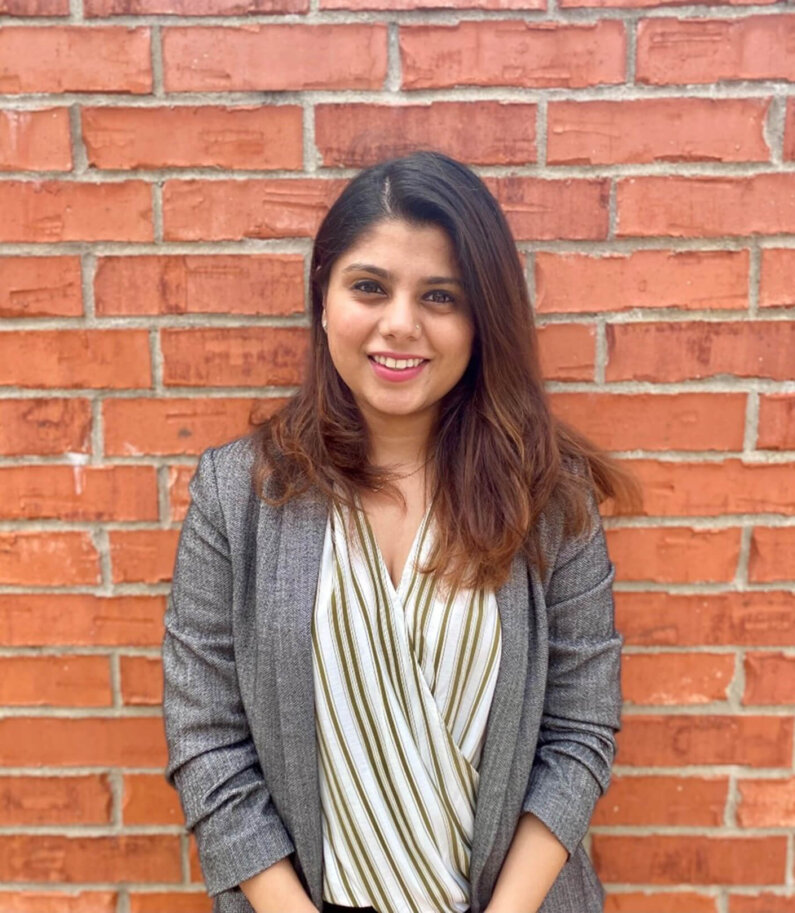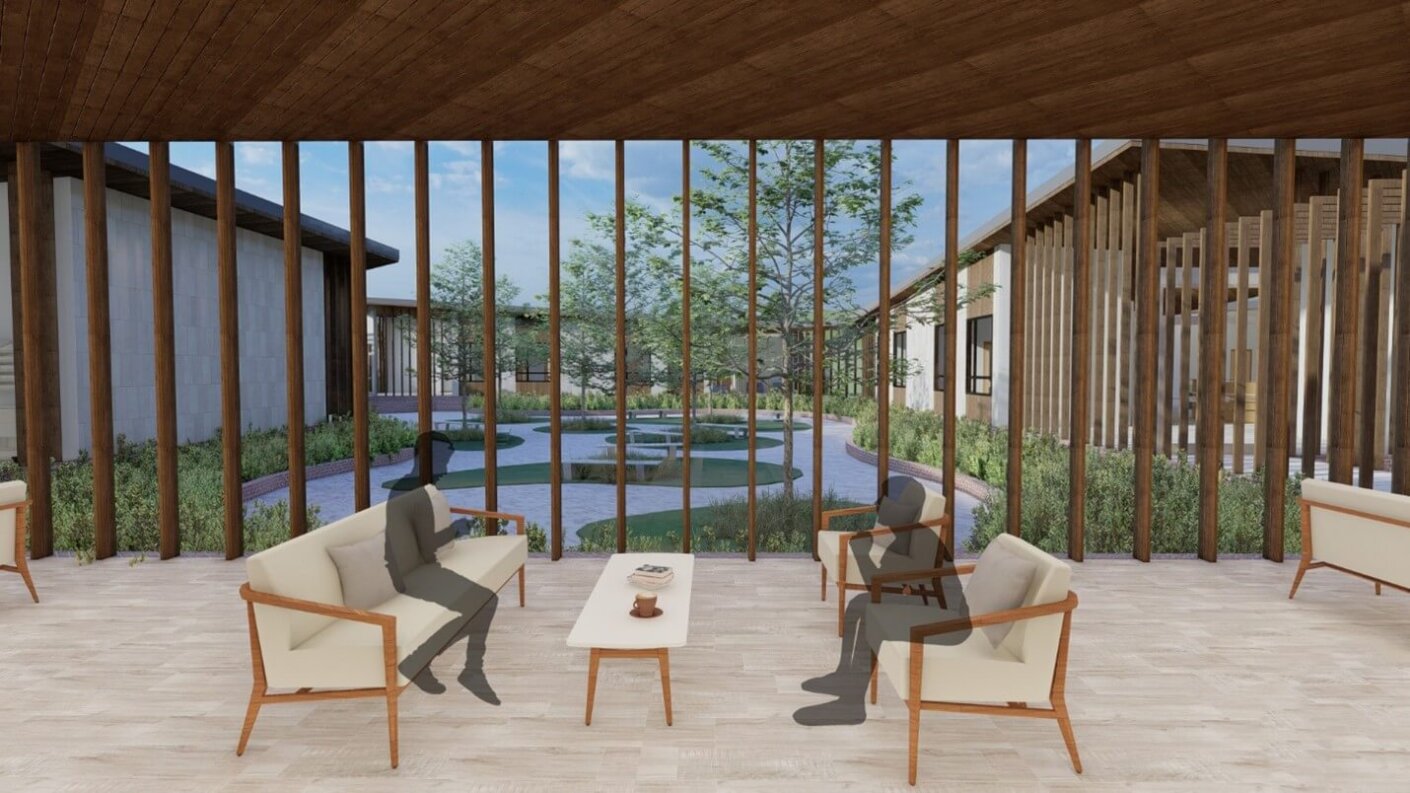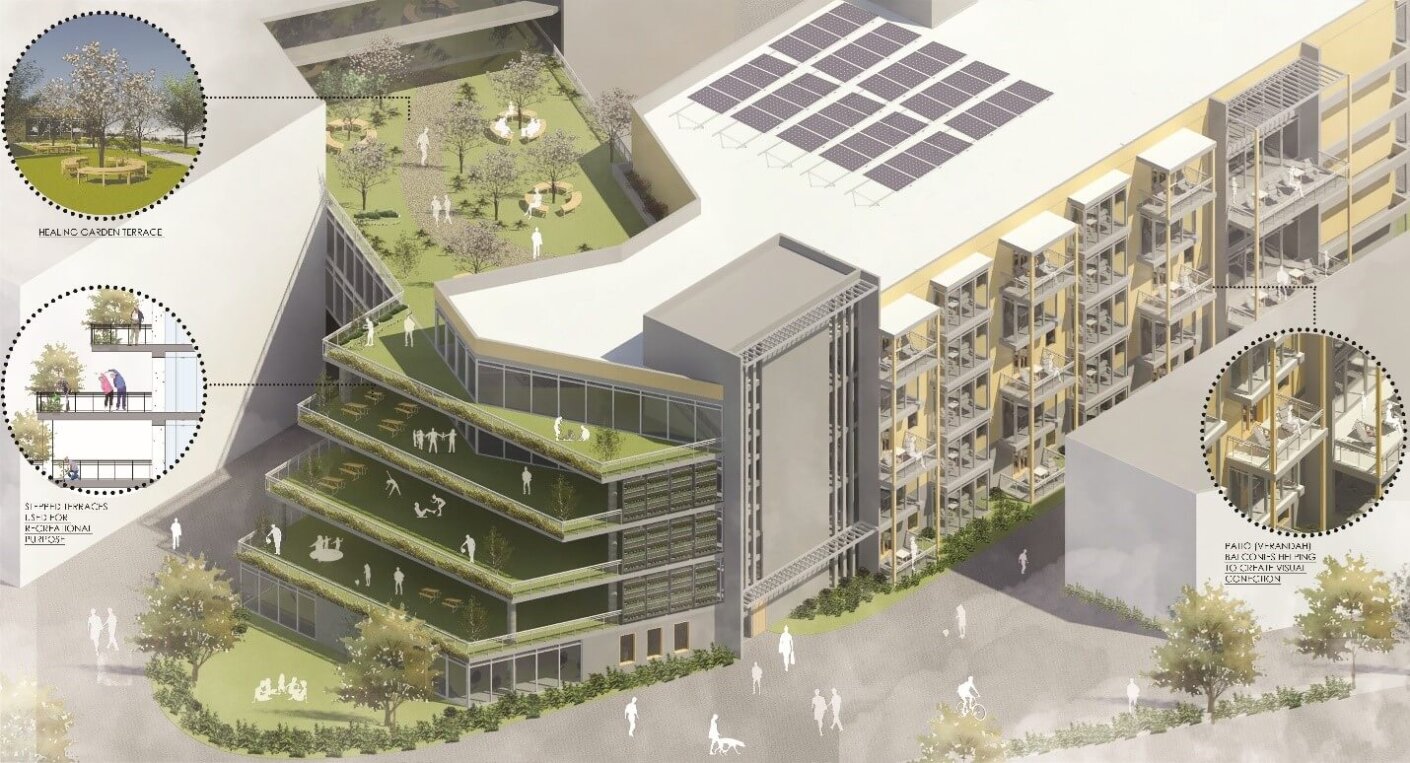
Where are you from?
I am from Kalyan. It’s a suburb near Mumbai, India.
Where do you live now?
I am currently in College Station, Texas.
What is your degree, and from what institution is it from?
I did my Bachelor of Architecture from the University of Mumbai and then pursued my Master of Architecture from Texas A&M University with the Certificate in Health Systems and Design.
Why is healthcare design important to you?
I took up architecture as a career to serve the people with the right environment to live in. During much of my undergraduate career, I was in the hospital caring for a family member, and I found that the environment around me was too sterile and disorganized, lacking proper infrastructure. The multi-bed inpatient rooms provided no space for family members, and no daylight or privacy. This concerned me a lot; as a visitor and architect, it made me think about providing better healthcare architecture for humankind. I remember these words from Mother Teresa: “The hands that serve are more sacred than the lips that pray.” These words always inspire me to work harder and serve my community with my design skills. The E. Todd Wheeler Fellowship is one way to give back as an architect by creating healthcare design solutions that will impact millions of lives, and for decades to come.


Has the COVID-19 pandemic changed your perspective on healthcare design, or altered your traditional methods of research?
Amidst the ongoing pandemic, the need for safe and accessible healthcare has become more pressing than ever. It has shown us in the design community that we must create resilient architecture for comparable pandemics or surges in our near future, as well as right now, that address both physical healing as well as new stressors on mental health. I feel that pandemic allowed us to think and implement quick design decisions.
In regards to research methods, the need for applied research became more necessary in this situation, as society’s ability to go on depended on plausible outcomes. I was involved in a research project on the impact of COVID- 19 on affordable housing at university and through that I realized that it’s vital for research to continue, and continue to inform our design profession. In conclusion, I would say that healthcare design is an everchanging paradigm, and we as architects have to be prepared for it.
What was it about the E. Todd Wheeler Fellowship that attracted you?
Working with one of the most renowned firms in the world is invaluable for me, as I work towards by AXP hours and personal research goals, simultaneously. The experienced healthcare design architects will help me put my best foot forward as an emerging architect, and make those steps meaningful. I have always been in awe of the work done by Perkins&Will: Hence, working here will be a dream come true.
What do you hope to learn from the experience?
Exposure to all the great projects and the firm’s healthcare design expertise will add great value to my career as a healthcare designer. Being a Fellow will also help me to dive more into my research interests. During my interview itself, the conversation was so engaging, and I learned so much from it. It gave me an idea of how exciting the whole fellowship journey will be for me. I am eager to work on real healthcare projects and grasp as much I can. In the end, we all study to use our knowledge and skills to make a change in people’s lives, and this fellowship will be my stepping stone as an architect for a positive impact.

When you are not designing healthcare projects, what do you do for fun?
I love dancing and exploring new cities. Before the pandemic, I had planned to visit several U.S. cities and explore the local food and culture. I always like trying new places to hang out and eat.
5 fun facts about Kinjal:
- I am not too fond of coffee, I prefer tea always over coffee.
- I am big fan of Frank Lloyd Wright’s work.
- I am a Grey’s Anatomy fan.
- I am a vegetarian.
- I am not a dog mom yet, but I am a plant mom for sure.